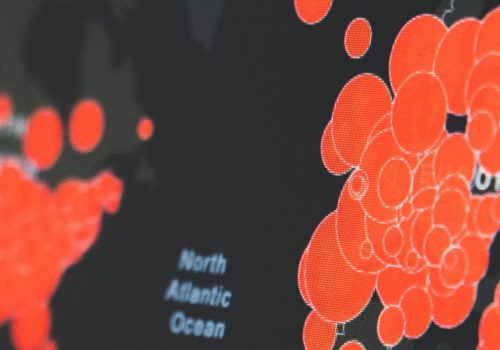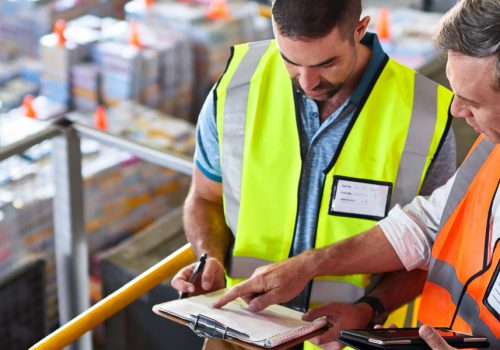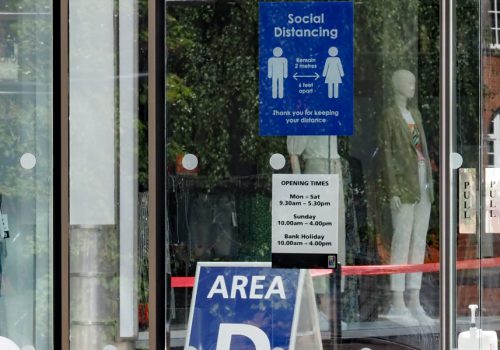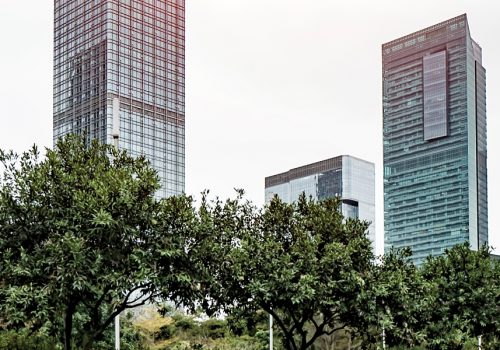Will the tourism sector ever recover?
Travel and tourism took a beating in the COVID-19 pandemic, with borders closed, airlines grounded, and many establishments shut for months. Now as the industry attempts to recover in this new context, constantly changing rules and regulations are making it a far-from-simple task. What’s more, industry players must tread the line carefully between welcoming tourists back when the crisis is not yet over and managing fears and restrictions that may still be in place.
To help the tourism sector in every country wade through the mire, ISO has developed international guidance that enables them to operate in a COVID-19 world and receive tourists in the safest possible way. With a broad scope, it will aid all providers in the sector (accommodation, museums, transport, experiences, activities and guides, among others) to ensure safer services and prevent the spread of the virus.
In the latest instalment of our series on tourism, we ask Natalia Ortiz de Zárate, Manager of ISO’s technical committee on tourism (ISO/TC 228), for her thoughts on the impact of the crisis on the sector and how ISO standards can help restore confidence and build a more sustainable and resilient industry.
The tourism industry was heavily hit by the pandemic and continues to be so. How bad is it really?
According to the United Nations World Tourism Organization (UNWTO), there were one billion fewer international arrivals in 2020, creating a loss of up to 10 % in GDP for many countries. Economic activity worldwide has dropped significantly, putting up to 120 million jobs at risk. Not to mention export: the collapse in international travel represents an estimated loss of USD 1.3 trillion in export revenues – more than 11 times the loss recorded during the 2009 global economic crisis (UNWTO, 2021).
Spain, for example, received 19 million international tourists in 2020 compared with 83 million in 2019. Of a total of more than 16 000 tourist accommodation establishments employing nearly 600 000 people, only a few hundred remained open during the lockdown periods to provide services to essential workers. With the sector mostly comprised of SMEs, whose margins are often slim, there is likely to be a domino effect on to other areas of the economy.
That all sounds a bit grim. Is there any light at the end of the tunnel?
light at the end of the tunnel? Despite the vaccination programmes (whose progress is uneven depending on the wealth of the countries), the overall prospects of a rebound in 2021 seem to have worsened because of new variants that have caused delays in some markets reopening. Experts foresee growing demand for open-air and nature-based tourist activities, with domestic tourism and “slow travel” experiences gaining increasing interest, which is actually very positive. However, most experts do not expect to see a return to pre-pandemic levels happening before 2023.
What are the key challenges for the industry in adapting to this new situation?
Having a common language across the sector is crucial. Harmonizing measures from one region to another, from one country to another, will help to lighten the burden, both for international tourism providers and for the tourists themselves. People want to travel and start making plans again, but they need some certainty in terms of travelling conditions and safety at their destination. This is where ISO/PAS 5643, Tourism and related services – Requirements and guidelines to reduce the spread of COVID-19 in the tourism industry, can play an important role in promoting international best practices. This new publicly available specification (PAS) is a simple guide to help every tourism business adapt to the new normal, so that it can provide its services in a safe way.
The current pandemic is also an opportunity to rethink tourism for the future, to prepare plans that support the sustainable recovery of tourism, promote the digital transition and move to a greener tourism system.
Trust amongst staff, suppliers and customers is important in order to reopen the sector. What can industry players do to cultivate this?
Taking measures to prevent the spread of COVID-19 is key, but it is also important to communicate those measures and keep tourists informed about the situation. Effective communication, therefore, will play a critical role in rebuilding confidence amongst tourists. While many people long for holidays, there are still concerns about safety and the risks of catching the virus. There is also much confusion around whether they can travel or not, the rules around cancellations, if businesses are open and what services might be available when they arrive at their destination. These are key questions that the sector needs to be responsive to.
Some states are providing labels and signposts to make it easier for travellers. Europe, for example, has put in place the European Tourism COVID-19 Safety Seal, which is based on compliance with ISO/PAS 5643. The intention is to improve safety procedures in tourism businesses during the summer season. This Seal is accompanied by other measures, such as the EU Digital COVID-19 Certificate, which will facilitate the safe free movement of citizens in the EU from 1 July 2021.
Many countries have national guidelines or laws designed to reduce the propagation of the virus. What can international guidelines offer?
Tourism is often an international activity. Sharing the same protocols will help rebuild trust among travellers, who may raise questions if health measures are not the same across countries to fight the same pandemic.
At the same time, the evidence is constantly evolving, creating some confusion. At the beginning, there were so many unknowns, such as whether people who were positive for COVID-19, but didn’t have any symptoms, could also spread the virus, and the period of incubation.
Last summer, we also knew very little about transmission in water (e.g. at the beach or in a swimming pool), while now we know that confined spaces and poor ventilation increase the risk. While ISO/PAS 5643 has been developed based on previous national protocols, it has taken advantage of new scientific learnings, adapting the proposed measures to the new knowledge and in alignment with World Health Organization guidelines.
One could argue that less tourism is good for the planet? Should we be advocating a return to the way things were?
One cannot deny that tourism has a big impact on the environment, causing the depletion of local natural resources as well as pollution and waste problems. But tourism is also a significant driver for development and growth in many countries, generating income, employment, investment and exports. It can also fund important areas such as the preservation of cultural and natural heritage, improvements to infrastructure and local community facilities. The positive or negative effects depend on the planning and management of the activity.
The UNWTO has called for a “sustainable recovery of the tourism sector” to “create a balance between the needs of people and the planet for the well-being of all”. The shock of this pandemic has also promoted awareness and responsibility.
Experts foresee growing demand for open-air and nature-based tourist activities.
From an environmental point of view, it is true that the planet has benefited from this temporary standstill in the tourism sector, as well as from the reduction in industrial activity. But on the flip side, some health and safety measures required the use of individual packaging, using more energy and creating more waste. I truly think that both the tourism offer and demand are more committed to sustainability than ever. This crisis has become a golden opportunity to increase tourism’s contribution to the 17 Global Goals of the United Nations’ 2030 Agenda for Sustainable Development.
Standardization in tourism is a reflection of the needs of the tourism sector. We now have International Standards for sustainable accommodation, sustainable diving, sustainable adventure travel, for example, to help facilitate this movement. But it is also an opportunity to foster worldwide cooperation and coordination to confront the pandemic and its economic outfall.
While many tourism businesses have suffered, have you seen any that have been innovative and managed to thrive?
There are many examples that show the extraordinary resilience of tourism actors and destinations. One example is hotels which have been transformed into provisional clinics in order to reduce the pressure on hospitals and increase the capacity of beds available to care for patients with COVID-19. In Madrid, for instance, there were up to 14 of these.
Many restaurants have learnt to adapt both their facilities (installing open air terraces, improving ventilation and installing separation panels) and the way they operate, such as by digitizing menus or launching new delivery services. Innovation has been key.
The Canary Islands, for example, are heavily dependent on tourism, which accounts for 35 % of GDP and employment. During the pandemic, they reoriented their strategy to attract teleworkers, with the slogan: “The office with the best climate in the world”. Attracting remote workers will enrich the structure of their tourism model and will be an opportunity to refresh the destination brand, in addition to attracting highly qualified professionals.
Technologies such as drones, sensors with real-time counting capacity or mobile apps have also helped to better manage flows, avoiding crowds on beaches, which has allowed their successful use in safe conditions. We truly are entering a new era of tourism – one that is innovative, agile and more in harmony with both what travellers and the environment want, to create richer, more valuable experiences.










